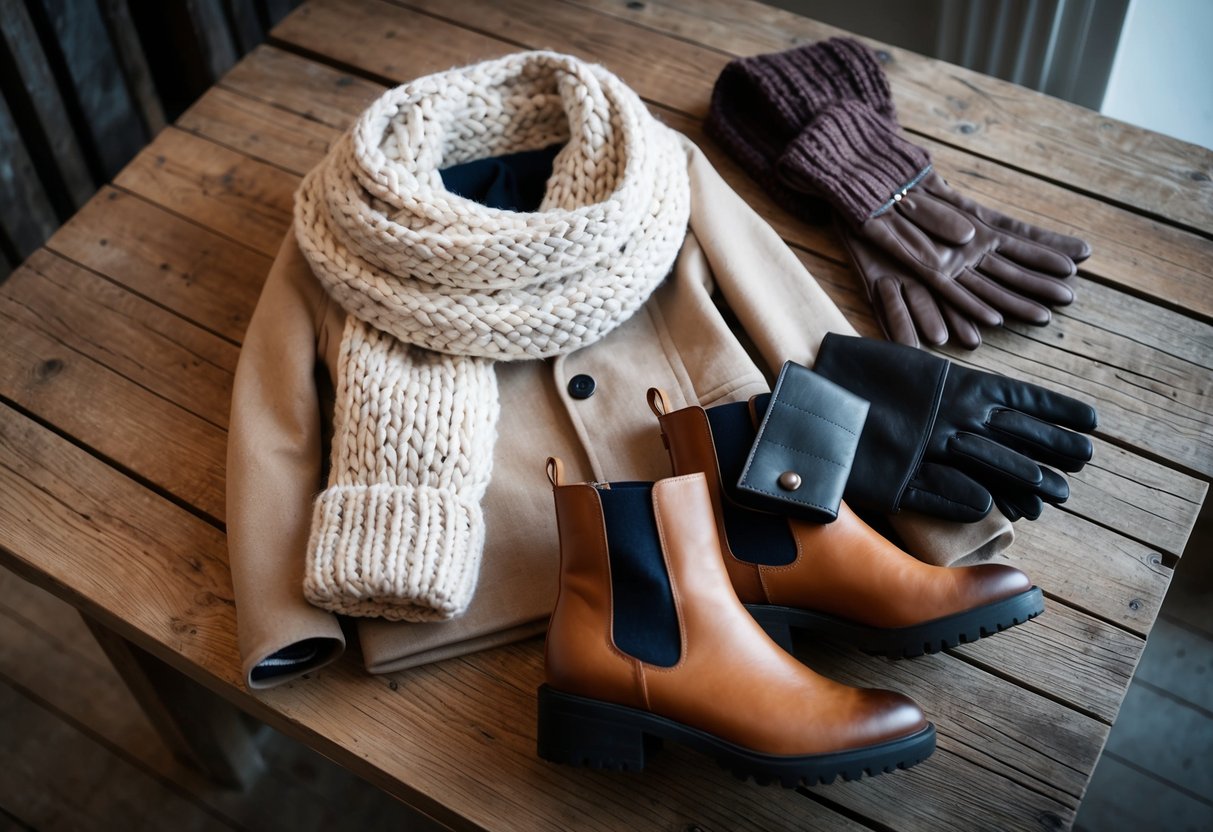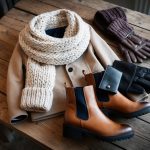
Boots that Make the Outfit
Winter fashion essentials wouldn’t be complete without a focus on footwear that combines warmth and style. From chic knee-high and thigh-high boots to comfortable sneakers and ballet flats, these choices are both practical and fashionable.
High Standards: The Appeal of Knee-High and Thigh-High Boots
Knee-high and thigh-high boots add a touch of sophistication to any winter wardrobe. These boots provide not only warmth but also a stylish edge, elevating a simple outfit with ease. Leather and suede are popular materials, offering a luxurious feel that pairs well with skirts or dresses. The versatility of these boots allows them to transition from a casual daytime look to an evening ensemble seamlessly.
Heeled or flat, these boots are known for elongating the leg, creating a sleek silhouette that many find appealing. They serve as an excellent companion to winter coats and layered outfits, blending functionality with high fashion. Investing in a quality pair ensures durability and comfort, making them a worthwhile addition to any winter closet.
Casual Steps: Sneakers and Ballet Flats
Sneakers and ballet flats bring comfort and ease to winter fashion. Sneakers, often crafted with insulating materials, offer warmth and support for everyday activities. They are perfect for a casual look, pairing well with jeans and cozy sweaters. Their adaptability means they can easily be styled for both indoor and outdoor settings.
Ballet flats also play a role in winter wardrobes, especially in mild climates or for indoor wear. Simple yet elegant, they provide a polished appearance without compromising comfort. Available in various designs and materials, both sneakers and ballet flats offer flexibility, making them essential for any fashion-forward individual who values comfort and style.
Layering Mastery
Mastering layering involves strategic selection of clothing items to keep warm and stylish through the winter months. Focus on the base layer for warmth, mid-layer for comfort, and an outer layer for protection against the elements.
Inner Warmth: Starting with Thermals, T-Shirts, and Tights
To stay warm, a solid foundation is essential. Thermals, t-shirts, and leggings serve as the base layer. Thermals, made from materials like wool or synthetic fibers, provide insulation without bulk. They’re designed to trap body heat while wicking away moisture. T-shirts, whether long or short-sleeved, add flexibility. Pairing thermals with leggings or tights makes for an effective barrier against cold temperatures, offering warmth without restricting movement. A snug fit is key to preventing drafts—consider styles that fit closely but comfortably, ensuring ease of movement throughout the day.
Middle Ground: Adding Sweaters and Sweatpants
Sweaters and sweatpants serve as the core layer in any winter ensemble. Opt for sweaters made of cashmere or merino wool for a balance of warmth and breathability. Sweatpants crafted from fleece provide both comfort and insulation. Combining these mid-layers with inner garments enhances overall heat retention while allowing for a stylish look. This layer can be adjusted based on indoor or outdoor activities, adding or removing pieces as temperatures fluctuate. Prioritize textures that complement and combine them to create versatile outfits for both casual and semi-formal settings.
Outer Thoughts: How to Choose Your Final Layer
The outer layer is critical for protection against the elements. A well-chosen coat or jacket shields from wind, rain, and snow. Materials like Gore-Tex or heavy-duty wool are optimal due to their water-resistant and wind-proof properties. Features such as adjustable hoods, cuffs, and multiple pockets add functionality. Color choices should reflect personal style but shouldn’t overshadow practicality. Layering pieces in this category need to serve as a barrier between unpredictable weather and the carefully constructed layers beneath, ensuring both warmth and aesthetic coherence.



